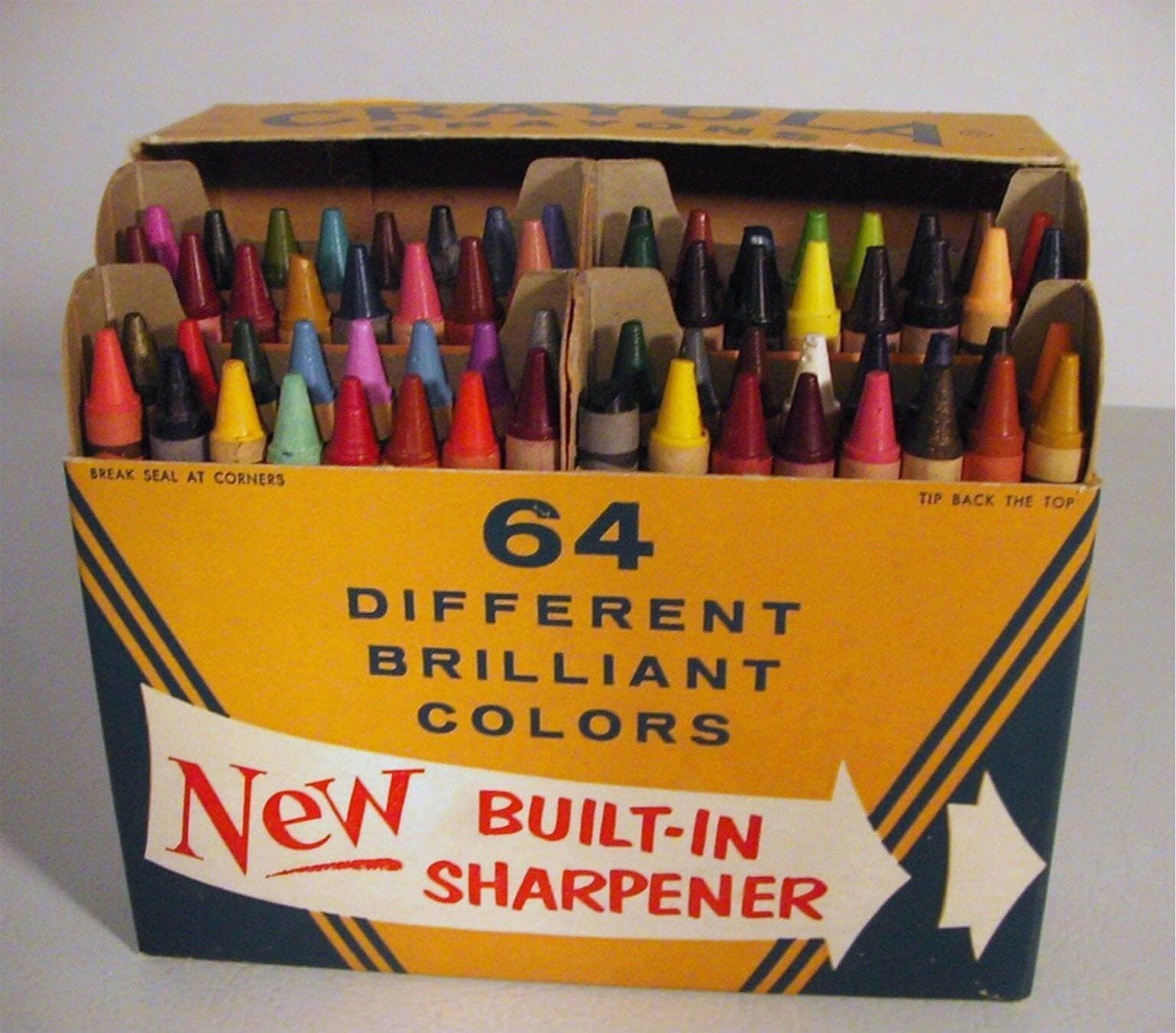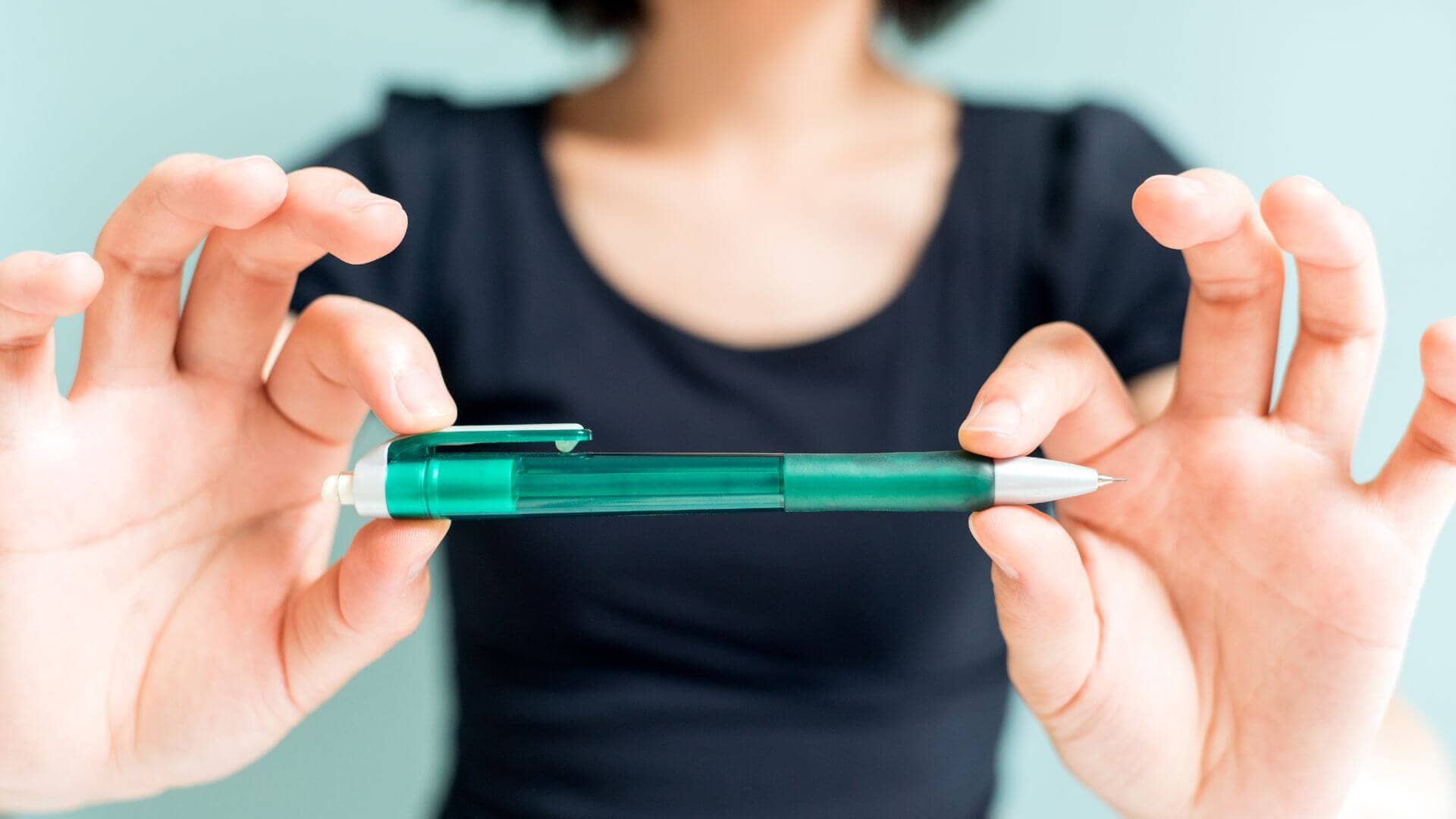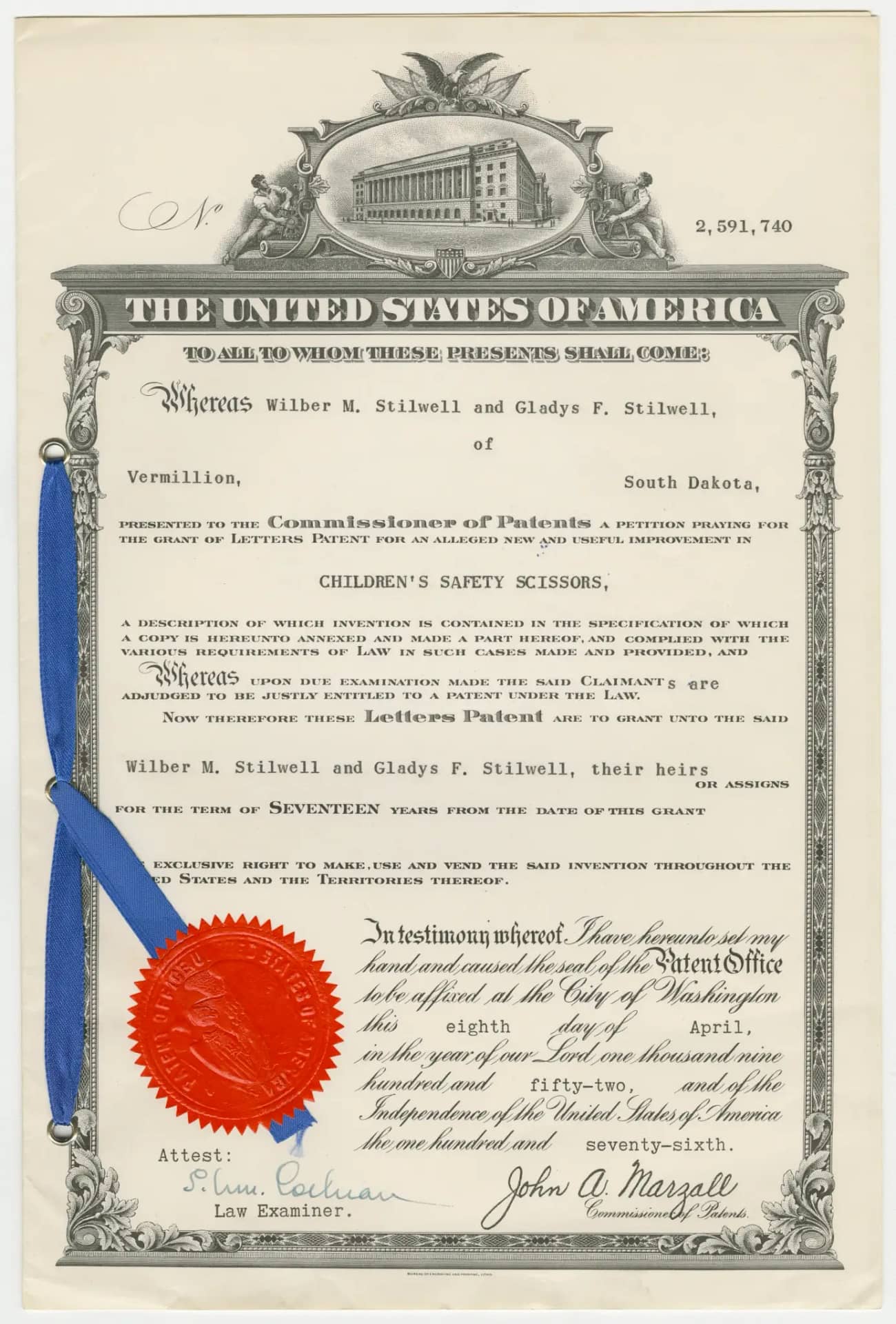Introduction
Back-to-school might be challenging when the weather remains warm, and the sun entices kids to stay out late. Nonetheless, as mid-August arrives, the upcoming school days draw near, be it just a few short days or weeks away. While you’re busy collecting school supplies, it’s worth pondering the origins of these items. Every tool, from the crayon sharpener to the ballpoint pen, had its genesis, whether in a corporate laboratory or on a cluttered suburban kitchen table. Delve into the story behind 10 Back-to-School Inventions.
Six decades ago, the 1957 patent for crayon boxes featuring built-in sharpeners eradicated the era of dull crayons. Three individuals working at Binney & Smith, now recognized as Crayola LLC, a company producing crayons since the early 1900s, were granted this patent. The iconic crayon, accompanied by the sharpener, has reached such prominence that the Smithsonian’s National Museum of American History collection houses it.
Evalueserve IP and R&D
Drive Innovation with Strategic IP and R&D Solutions

2. Combining Pencils and Erasers
March 30, 2008, marked the 150th anniversary of a pivotal patent that revolutionized pencil design, which introduced the concept of affixing a rubber eraser to the end of a wooden pencil. Hymen Lipman’s ingenious patent, granted on March 30th, 1858, showcased a novel approach by embedding the eraser within the pencil’s wood opposite the writing core. This innovation allowed dual functionality, and patent analysis shows that it enables sharpening to refresh the graphite core or the eraser. This achievement was with contention; a rival inventor presented a claim involving a ferrule-attached eraser, leading to a U.S. Supreme Court case centred on patentability. Interestingly, the 2008 anniversary led to accidental misreporting of the date as the pencil’s invention, sparking an online celebration called Annual Pencil Day, fostering an appreciation for pencil ingenuity and self-expression.

3. Backpacks
The evolution of backpacks has been a fascinating journey through history. Starting with Ötzi the Iceman’s animal fur rucksack in the Copper Age, innovations like bindles during the American Civil War, Henry Miriam’s knapsack with a sheet metal frame, Camille Poirier’s Duluth Pack with head straps, and Ole F. Bergman’s “Sekk Med Meis” bags with wooden frames brought practicality to backpack designs. The World Wars spurred advancements like military haversacks and the Trapper Nelson’s rigid-frame backpack. Gerry Cunningham’s zippered nylon backpack, the post-war rise of school backpacks, Åke Nordin’s Fjällräven bag with a wooden frame, and Dick and Nena Kelty’s metal-framed backpack marked milestones. The ALICE bag introduced during the Vietnam War, see-through backpacks, and the internal frame backpack by Greg Lowe followed. JanSport’s popularity surged among students. At the same time, L.L. Bean catered to heavy book carriers, and Steve Mann integrated wearable computers.

Rulers have stood the test of time, their origins tracing back to ancient civilizations, with measuring rods unearthed from Mesopotamian and Indus Valley archaeological sites. In 1901, Frank Hunt from Buffalo, New York, secured a patent for the inaugural flexible ruler, enabling users to draw straight lines on curved surfaces. This invention foreshadowed the pliable plastic strips that found their place in math classrooms across the United States.
5. Magic Markers
The history of marker pens is a journey of innovation and evolution. Patent analysis shows that before their inception, people relied on quills and homemade tools for writing. In 1910, Lee Newman patented the first official felt-tip marker pen, a primary cylinder filled with ink and a felt tip. Benjamin Paskach’s sponge-tipped ‘fountain paintbrush’ emerged in 1926, while Walter J. De Groft’s 1944 patent laid the groundwork for the iconic ‘Sharpie’ pen. Sidney Rosenthal’s ‘Magic Marker’ 1952, boasting versatility on various surfaces, marked a breakthrough. Yukio Horie’s 1962 invention of the modern fibre nib ignited the marker’s popularity. The 1970s saw the introduction of highlighters and fine-liners, propelling marker pens into a diverse range, from office essentials to artist tools, showcasing the culmination of past experimentation.

6. Mechanical Pencils
The mechanical pencil, also known as a clutch pencil, has a long history of innovation. Originating in 1791 with Nicholas-Jacques Conte’s screw-advanced lead stick, it gained popularity in the mid-19th century due to improved mechanisms. The 1822 patent for a hollow-shaft pencil by Sampson Mordan and John Isaac Hawkins, featuring silver construction and knurled grip, set a precedent. Tokuji Hayakawa’s 1906 spring-loaded design marked modernization, while plastic models made the pencil more accessible in the 1930s. The 1950s brought Pentel’s twist-erase pencil with a built-in eraser. Advancements continued with retractable tips, adjustable lead grades, and ergonomic grips, positioning mechanical pencils as indispensable writing tools.

7. Children's Safety Scissors
Wilber and Gladys Stilwell were a dynamic couple driven by innovation from start to finish, passionately pushing boundaries and challenging everyday limitations. Their mutual support and inspiration were evident as Gladys pursued her patent for a hem measuring tool and Wilber experimented with inventive techniques at the Kansas City Art Institute. Becoming parents sparked their drive to make art safe and accessible for young people, resulting in creations like the revolutionary “Safe-T-Scissors.” Despite facing setbacks and rejections, they persisted in their endeavours, utilizing accessible materials and techniques to overcome challenges and foster creativity, leaving a valuable lesson that adversity can lead to more fabulous inspiration and success.

8. Spiral-Bound Notebooks
Spiral notebooks, extensively utilized in schools and offices worldwide, come in various forms, including spirals along the length or breadth of pages and perforated sheets for easy tearing. The concept first surfaced in a 1934 magazine article demonstrating coil spring binding, marking the origin of spiral notebooks, although no specific author was credited. The U.S. Patent Office reveals a 1935 patent application titled “Binding Construction and Method,” attributed to inventor Walter Grumbacher but assigned to Spiral Binding Co. Ltd. A fascinating aspect of the history of spiral notebooks involves patent analysis, as it sheds light on the early innovators and their contributions to this widely used stationery item. Additionally, Edward Podosek sought patent protection for spiral notebooks and office supplies in 1983.

9. Dry Erase Whiteboards
The whiteboard, a ubiquitous fixture in modern classrooms, has an intriguing history of invention. It’s attributed to two potential creators. Martin Heit, a photographer and Korean War veteran, stumbled upon the idea when he effortlessly erased a permanent marker from a negative. He designed a prototype resembling laminates used in photographs, but a fire derailed his plans, leading him to sell his concept. Alternatively, Albert Stallion, a U.K. native working for the American steel company Alliance, envisioned whiteboards combining aluminium and enamelled steel for a durable writing surface. Stallion’s idea was met with scepticism during a board meeting, prompting him to abandon it. While whiteboards appeared on the market in the 1950s-60s, they only gained traction nearly a decade later, aided by the introduction of non-toxic dry-erase ink in 1975 and the dry-erase marker in the 1980s, eventually overtaking blackboards in popularity by the 1990s.

10. Alphabet blocks
The origin of ABC blocks traces back centuries, with their invention attributed to various individuals. Placing letters on cubes has ancient roots, but it wasn’t until the late 1500s that English writer Sir Hugh Plat described alphabet blocks in his book “The Jewell House of Art and Nature.” However, their popularity took little time. Around a century later, philosopher John Locke briefly mentioned alphabet blocks as a free play and learning tool during the Enlightenment. It wasn’t until the 1800s that German educator Friedrich Fröbel incorporated wooden block sets into his early childhood education platform, and later, American manufacturer Milton Bradley created mass-produced blocks with letters on them, following Fröbel’s inspiration. The momentum continued with Samuel Hill receiving a patent for alphabet blocks in 1867, marking the beginning of their mass production. Today, ABC blocks are integral to children’s learning, fostering skills in stacking, sorting, spelling, and more, while also serving as symbolic metaphors for simplicity in various contexts.

Moving forward
In the transition from balmy summer days to the anticipation of bustling classrooms, the story behind each back-to-school essential weaves a tapestry of innovation and evolution. From crayon boxes with built-in sharpeners to revolutionary dry-erase whiteboards, these tools reflect the unyielding spirit of human creativity and ingenuity. As we prepare for another academic adventure, let’s carry the inspiration drawn from inventors who tirelessly crafted the foundations of our learning journey. Just as they transformed simple objects into indispensable tools, may we approach the upcoming days with the same zeal for growth and discovery, embracing challenges and opportunities with open minds and determined hearts?



